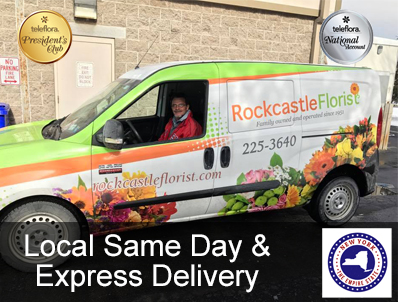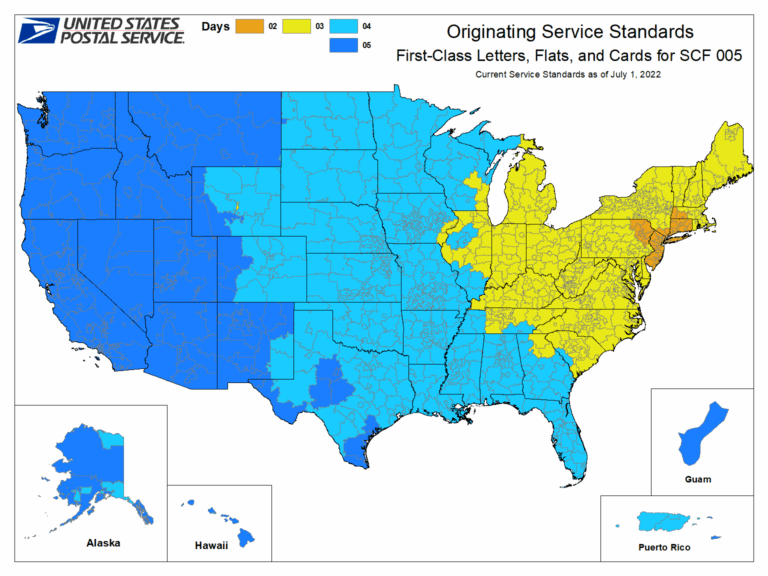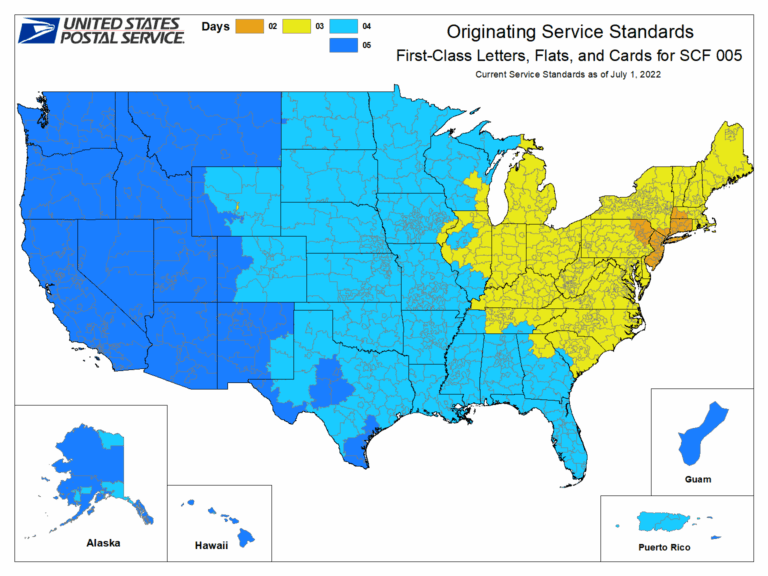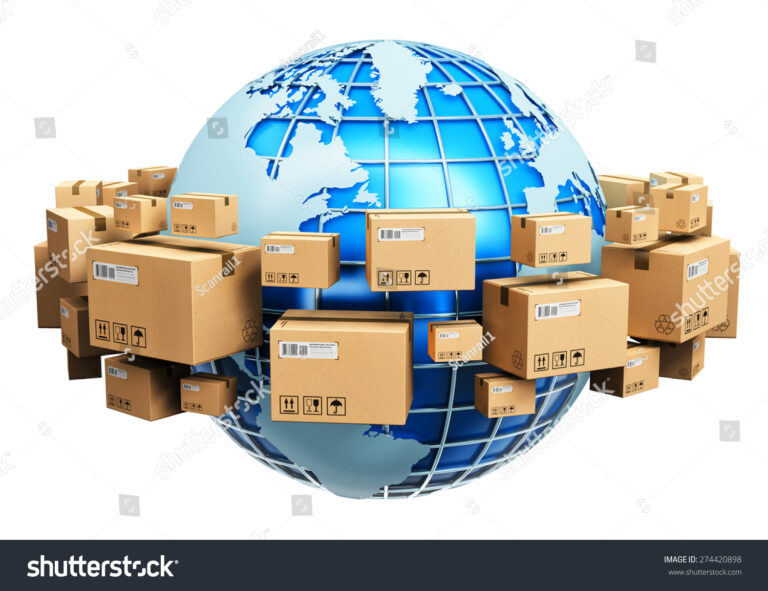Shipping to Japan: Costs, Services, and Key Considerations
Japan, the world’s fourth-largest economy with a GDP of $4.2 trillion in 2023 and a population of 125 million, is a key market for imports like electronics, vehicles, and luxury goods. Its major ports—Yokohama, Tokyo, Nagoya, and Kobe—and air hubs like Narita (NRT) and Kansai (KIX) make it a critical logistics hub. Users searching for “shipping to Japan” seek insights on costs, reliable providers, and navigating strict customs regulations. This guide explores sea, air, and domestic freight options from key origins (US, China, Europe), includes a comparison table, and offers tips for cost-effective shipping, addressing challenges like customs scrutiny, port congestion, and seasonal factors. It leverages web sources (e.g., Freightos, Japan Post) and X posts (e.g., @JapanPost_int on delays) for accuracy.
Shipping Options to Japan
Shipping to Japan involves sea freight, air freight, and domestic freight (for intra-Japan shipments). Sea freight includes Full Container Load (FCL), Less than Container Load (LCL), and Roll-On/Roll-Off (RoRo) for vehicles or oversized cargo. Air freight covers bulk air cargo and small parcel express services. Domestic freight includes parcel and freight delivery within Japan. Below, we outline these options.
Sea Freight: Cost-Effective for Large International Shipments
Sea freight is ideal for bulk or heavy cargo, with Yokohama handling over 3 million TEUs annually, per @PortofYokohama.
Full Container Load (FCL)
FCL offers exclusive use of a 20-foot (33.2 cubic meters) or 40-foot (67.7 cubic meters) container, suitable for shipments filling at least 50–60% of a container. From the US (Los Angeles) to Yokohama, a 40-foot FCL costs $2,000–$3,500 (14–24 days), per Freightos. From China (Shanghai), costs are $1,500–$2,500 (5–10 days). From Europe (Rotterdam), expect $2,500–$4,000 (30–40 days). Additional fees (e.g., drayage, port charges) may add $300–$700, per Transco Cargo.
Less than Container Load (LCL)
LCL consolidates smaller shipments, ideal for volumes under 15 cubic meters. From the US, LCL costs $70–$130 per cubic meter (18–28 days), per Freightos. From China, expect $50–$100 per cubic meter (7–14 days). From Europe, costs are $80–$150 per cubic meter (35–45 days). LCL involves more handling, increasing damage risks, per Japan Post.
Roll-On/Roll-Off (RoRo)
RoRo is used for vehicles or heavy equipment. From the US, a standard vehicle to Nagoya costs $1,200–$2,500 (14–24 days), per All Transport Depot. From China, costs are $800–$1,500 (5–10 days). From Europe, expect $1,500–$3,000 (30–40 days). Japan’s RoRo facilities are efficient, per Transco Cargo.
Air Freight: Speed for Urgent International Shipments
Air freight is faster but pricier, ideal for high-value or time-sensitive goods. NRT and KIX handle over 4 million tons of air cargo annually.
Bulk Air Cargo
Bulk air cargo suits larger shipments, with transit times of 2–5 days from the US, 1–3 days from China, and 3–7 days from Europe. Costs, based on actual or volumetric weight (length x width x height in cm ÷ 6000), average $3.50–$5.00/kg from the US, $2.50–$4.00/kg from China, and $3.00–$4.50/kg from Europe, per Freightos Air Index. A 150 lbs shipment from the US costs $200–$350.
Small Parcel Express Services
Express couriers like Japan Post, FedEx, UPS, DHL, and Cainiao Express are ideal for small parcels. From the US, FedEx International Priority costs $30–$60 for 1–5 lbs (2–4 days), per Easyship. From China, Cainiao Express offers 1 kg parcels at $35–$45 USD (252–324 RMB) for 10–20 days, estimated based on regional pricing (e.g., Puerto Rico: 267 RMB), adjusted for Japan’s logistics. From Europe, DHL Express costs $40–$80 for 1–5 kg (3–5 days). Japan Post’s domestic rates (e.g., Tokyo–Osaka) are ¥500–1,500 (~$3–$10 USD) for 2 kg (1–3 days).
Domestic Freight: Efficient for Intra-Japan Shipments
Domestic freight within Japan uses road, rail, or air, leveraging providers like Japan Post and Yamato Transport.
Parcel Delivery
For small packages, Japan Post or Yamato Transport are common. From Tokyo to Osaka (350 miles), a 2 kg parcel costs **¥500–1,500 ($3–$10 USD)** (1–3 days), per Japan Post. Express options cost ¥1,000–2,000 (~$7–$14 USD) (1 day).
Freight Delivery
For larger shipments, road/rail freight is used. A 1,000 kg pallet from Nagoya to Sapporo (700 miles) costs **¥20,000–50,000 ($140–$350 USD)** (2–5 days), per Transco Cargo. Air freight within Japan (e.g., Tokyo–Fukuoka) costs $2–$5/kg (1 day).
Comparison of Shipping Options
Below is a comparison table of shipping options to Japan from US, China, Europe, and domestic origins, designed for clarity and visual appeal.
| Mode | Origin | Cost (Example) | Transit Time | Suitability |
|---|---|---|---|---|
| FCL (40-foot) | US | $2,000–$3,500 (LA–Yokohama) | 14–24 days | Large shipments (e.g., machinery) |
| China | $1,500–$2,500 (Shanghai–Yokohama) | 5–10 days | Bulk goods, cost-effective | |
| Europe | $2,500–$4,000 (Rotterdam–Yokohama) | 30–40 days | Industrial equipment, pharmaceuticals | |
| LCL | US | $70–$130 per cbm | 18–28 days | Smaller shipments under 15 cbm |
| China | $50–$100 per cbm | 7–14 days | E-commerce, partial loads | |
| Europe | $80–$150 per cbm | 35–45 days | Mixed cargo, smaller volumes | |
| RoRo | US | $1,200–$2,500 (vehicle) | 14–24 days | Vehicles, heavy equipment |
| China | $800–$1,500 (vehicle) | 5–10 days | Oversized machinery | |
| Europe | $1,500–$3,000 (vehicle) | 30–40 days | Specialty vehicles | |
| Bulk Air Cargo | US | $3.50–$5.00/kg (150 lbs: $200–$350) | 2–5 days | High-value, time-sensitive goods |
| China | $2.50–$4.00/kg | 1–3 days | Electronics, perishables | |
| Europe | $3.00–$4.50/kg | 3–7 days | Pharmaceuticals, urgent cargo | |
| Express (FedEx) | US | $30–$60 (1–5 lbs) | 2–4 days | Urgent parcels, documents |
| Express (Cainiao) | China | $35–$45 (1 kg) | 10–20 days | E-commerce, cost-effective |
| Express (DHL) | Europe | $40–$80 (1–5 kg) | 3–5 days | High-priority small shipments |
| Parcel (Japan Post) | Domestic | ¥500–1,500 (~$3–$10, 2 kg) | 1–3 days | Small domestic packages |
| Freight (Road/Rail) | Domestic | ¥20,000–50,000 (~$140–$350, 1,000 kg) | 2–5 days | Large domestic shipments |
Notes: Costs are estimates based on web data (e.g., Freightos, Easyship, Japan Post) and may vary by carrier, season, and route. “cbm” = cubic meter. Cainiao Express pricing is estimated based on regional data (e.g., Puerto Rico), adjusted for Japan’s logistics. JPY/USD conversion at 150. Domestic freight assumes no customs.
Selecting a Service Provider
Choosing a provider with Japan expertise is critical due to strict customs and regulatory requirements. Below are key players and their offerings:
- Freightos: Digital platform for FCL ($1,500–$4,000), LCL, and air freight quotes, with tracking and customs support for international shipments.
- Easyship: Compares Japan Post, FedEx ($30–$60), and DHL rates for international parcels, with automated customs forms and compliance tools.
- Japan Post: Domestic (¥500–1,500 for 2 kg) and international parcel delivery ($30–$60 from US), with reliable tracking, per japanpost.jp.
- Yamato Transport: Domestic parcel and freight delivery, ideal for e-commerce within Japan, with international options.
- Flexport: Provides FCL, LCL, and air freight from China/US, with digital tools for customs compliance, per flexport.com.
- Transco Cargo: Offers FCL, LCL, and RoRo from US/Australia, with expertise in Japan’s import regulations.
- Cainiao Express: Cost-effective air freight from China, with rates like $35–$45 for 1 kg (10–20 days).
Compare quotes via Freightos, Easyship, or Japan Post, and prioritize providers with Japan-specific expertise, like Japan Post or Flexport, for compliance.
Customs and Regulations (International Shipments)
International shipments to Japan are managed by the Japan Customs Service (JCS). Domestic shipments face no customs requirements.
Documentation
- Required Documents: Commercial Invoice, Bill of Lading/Airway Bill, Packing List, Certificate of Origin (if applicable), and Customs Declaration (Form C-5360). Restricted goods require import permits, per Flexport.
- Accuracy: Errors in HS codes, valuation, or documentation trigger delays or fines (up to ¥500,000). Use a customs broker like Flexport or Transco Cargo, per @JapanPost_int.
- Special Requirements: Hazardous goods need Dangerous Goods Declaration. Food and agricultural products require MAFF permits, per Japan Post.
Taxes and Duties
Japan uses the CIF method, with a ¥10,000 (~$67 USD) de minimis for duties and taxes, per JCS.
- Import Duty: 0–20%, based on HS codes (e.g., 3–10% for electronics, 15% for clothing), per Transco Cargo.
- Consumption Tax: 10% on CIF + duty for most goods, 8% for food. Low-value goods (under ¥10,000) are exempt, per Easyship.
- Customs Fees: ¥2,000–10,000 (~$13–$67) for inspections, per Japan Post.
- Free Trade Agreements: Japan’s FTAs with the US, EU, and CPTPP may reduce duties, per Freightos.
Restricted/Prohibited Items
- Prohibited: Narcotics, weapons, counterfeit goods, per JCS.
- Restricted: Food, plants, animals, and hazardous materials require MAFF or MLIT permits. Medications need MHLW approval, per Japan Post.
- Check Updates: Regulations are strict; verify via JCS or a broker like Flexport.
Clearance Time
Typically 1–3 days for air freight, 3–7 days for sea freight, per Flexport. Inspections for restricted goods can extend delays, per @JapanPost_int.
Key Considerations and Challenges
Japan’s efficient infrastructure and strict regulations pose challenges, per @PortofYokohama on port dynamics.
Logistics Challenges
- Port Congestion: Yokohama and Tokyo face delays (1–5 days) during peak seasons (Q3–Q4), per @PortofYokohama. Book early to avoid bottlenecks.
- Transit Delays: Sea freight (5–45 days) is slower than air (1–7 days). Domestic delivery to remote areas (e.g., Hokkaido) adds 1–3 days, per Japan Post.
- Customs Scrutiny: JCS inspections for food or electronics can delay clearance (1–10 days), per @JapanPost_int.
- Package Security: Untracked LCL or parcels risk loss. Use tracked services like FedEx/UPS or insure via Easyship, per Transco Cargo.
Seasonal and Economic Factors
- Peak Seasons: Lunar New Year (China), Golden Week (May), and Obon (August) increase rates and delays. Book 4–6 weeks early, per Flexport.
- Trade Agreements: US–Japan and EU–Japan FTAs reduce duties for eligible goods, per Freightos.
- Infrastructure: Japan’s ports and airports are world-class, but urban congestion (e.g., Tokyo) can delay last-mile delivery, per Japan Post.
Cost-Saving Tips
- Consolidation: Use LCL or parcel consolidation via Japan Post or Easyship to reduce costs.
- Compare Quotes: Platforms like Freightos, Easyship, or Japan Post offer competitive rates.
- De Minimis: Keep shipments under ¥10,000 to avoid duties/taxes, per JCS.
- FTA Benefits: Leverage Japan’s FTAs for duty reductions, per Transco Cargo.
Conclusion
Shipping to Japan leverages its efficient infrastructure but requires navigating strict customs and seasonal challenges. International sea freight (FCL: $1,500–$4,000, LCL: $50–$150/cbm, RoRo: $800–$3,000) and air freight (express: $30–$80, bulk: $2.50–$5.00/kg) suit global shipments, while domestic freight (parcels: $3–$10, freight: $140–$350) is efficient within Japan. Providers like Freightos, Japan Post, and Cainiao Express ($35–$45, 10–20 days from China) offer tailored solutions. By comparing rates, ensuring compliance, and planning for peak seasons, you can achieve efficient, cost-effective shipping to Japan.
For quotes, contact Freightos (freightos.com), Easyship (easyship.com), or Japan Post (japanpost.jp). Plan today for a seamless shipping experience.




